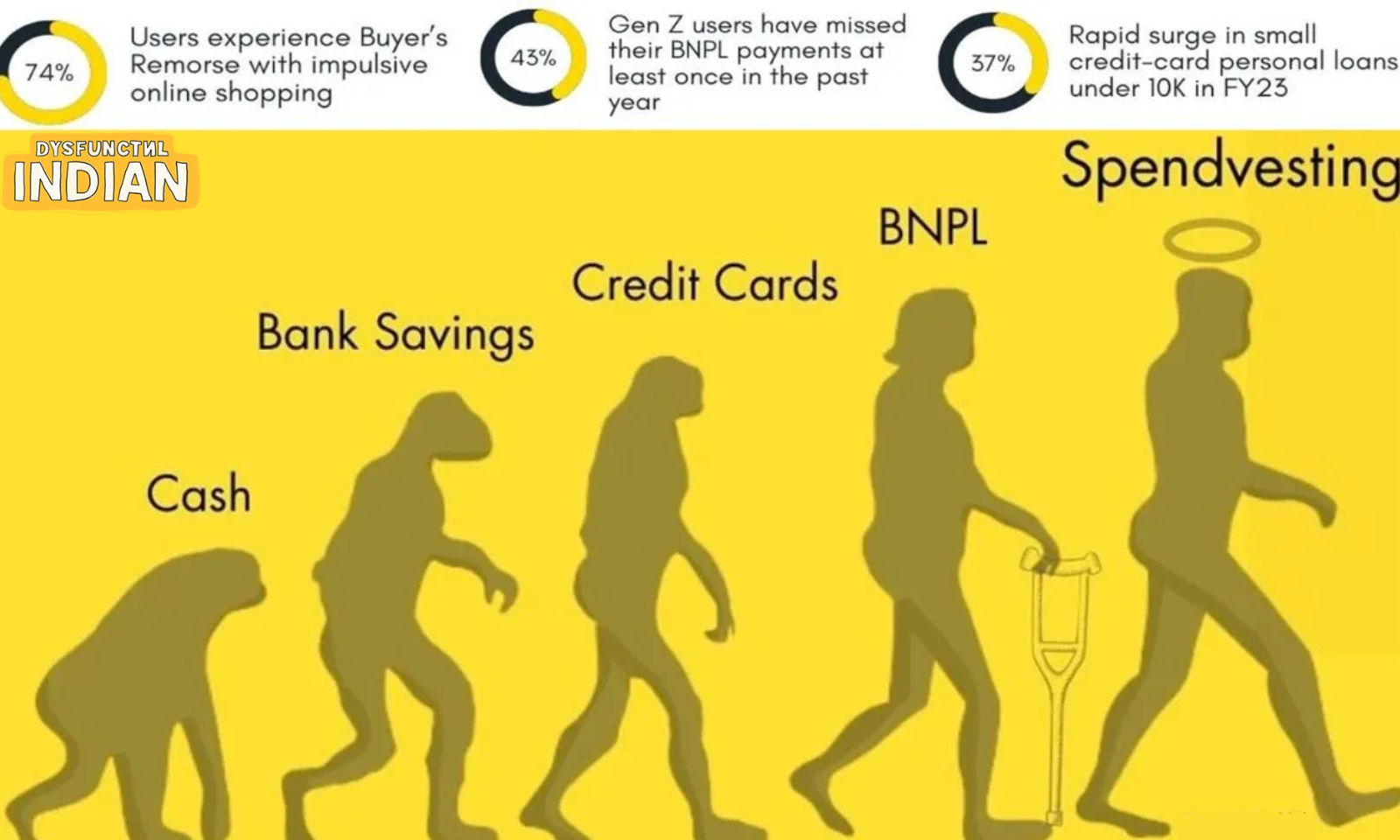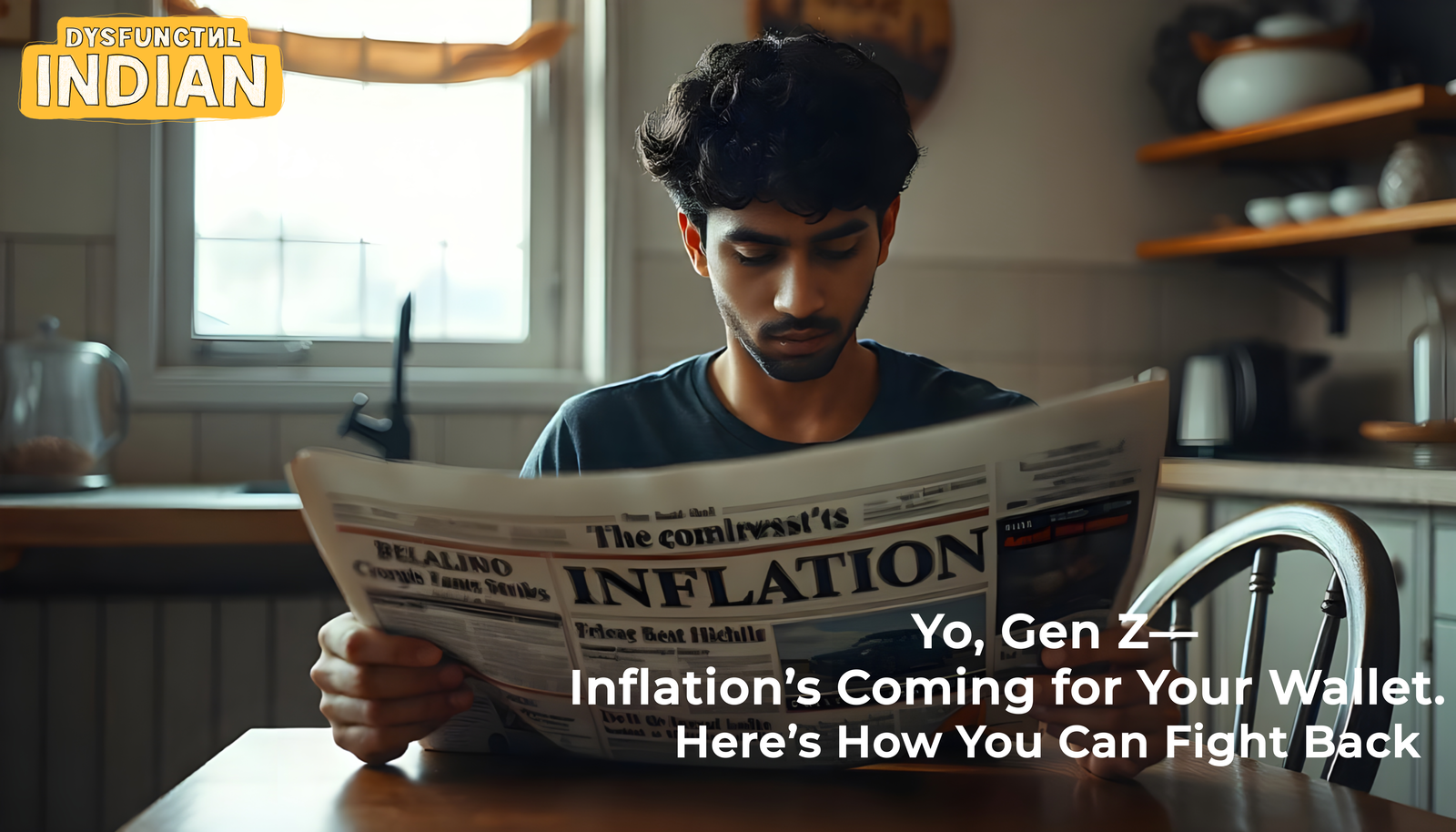Buffering... The Great Indian Internet Shutdown: A Gen Z Perspective on Life Without Wi-Fi
Posted by admin on 2024-12-12 |

In a world where everything from our social lives to our work and even our well-being depends on an uninterrupted flow of data, the phrase "Internet Shutdown" is like a nightmare. But for millions of people in India, this nightmare is often a harsh reality. While we Gen Z-ers are often defined by our digital lives, recent Internet blackouts have given us a harsh reality check.
What’s an Internet Shutdown, Anyway?
Simply put, an Internet shutdown is when the government or authorities deliberately cut off access to the web—whether it’s mobile data, broadband, or both. These shutdowns are often imposed during times of political unrest, protests, or national security concerns. India, unfortunately, has been the world leader in Internet shutdowns, with hundreds of incidents reported every year.
According to Access Now, a digital rights organization, India accounted for nearly 50% of all global internet shutdowns in 2022, a staggering figure. From Kashmir to Rajasthan, cities big and small have faced this harsh disruption. So, what happens when the world we know goes dark?
The Aftermath: When the Wi-Fi Goes Dead
Imagine this: You wake up, scroll through your phone to check notifications (because, let’s be real, that’s the first thing we all do), and—boom—no signal. You try everything—switching to 4G, restarting your phone, and even praying to the tech gods. But nothing works. You check your Wi-Fi, but it’s still dead. Your favorite apps refuse to load, your Google search just keeps buffering, and your social media feed is as empty as your data.
And that’s when it hits you—this is real.
Gen Z is the first generation to grow up with the Internet, and for many of us, it’s hard to imagine a day without it. Whether it’s TikTok, Instagram, or Snapchat, or even just using Google to answer a quick question, our lives revolve around the digital universe. A sudden shutdown leaves us disconnected from everything we hold dear: memes, friends, videos, gaming sessions, and, well, life itself.
The Economic Impact: More Than Just Missing Memes
While we might feel disconnected on a personal level, the economic implications of an Internet shutdown are far more serious. According to a 2021 report by the Indian Council for Research on International Economic Relations (ICRIER), internet shutdowns cost India an estimated $2.8 billion (approximately ?20,000 crores) every year. This is not a small figure—especially in a country where digital transformation is central to growth in sectors like e-commerce, finance, education, and healthcare.
The Digital Economy at a Standstill
India is home to a burgeoning digital economy, with e-commerce giants like Amazon and Flipkart, digital payments like Paytm, and a growing gig economy. When the internet goes down, these services come to a screeching halt. In fact, every day an internet shutdown lasts costs India around ?12,000 crores. For e-commerce businesses, this means delayed deliveries, disrupted sales, and lost revenue. In cities and towns that rely on local businesses leveraging platforms like WhatsApp and Instagram for sales, the impact is even more severe.
Disruption in Financial Services
In today’s digital-first world, even financial transactions depend on the internet. UPI (Unified Payments Interface), one of India’s most successful fintech innovations, has revolutionized how we send money, pay bills, and shop online. However, during internet shutdowns, these services grind to a halt. The Indian Bank Association reported that during the 2019 shutdowns in Kashmir, over ?1,000 crores worth of financial transactions were delayed or disrupted. For people in rural areas, this often means that basic financial transactions such as remittances, which many depend on for daily needs, are halted.
Impact on the Gig Economy
In India, the gig economy is rapidly expanding, with platforms like Uber, Ola, Zomato, and Swiggy providing livelihoods to millions. The internet shutdowns disrupt these services, causing losses not only to the companies but also to drivers and delivery personnel who rely on these apps to earn their daily income. One report by Paytm suggested that a 24-hour internet shutdown can cause a 20-30% drop in business for delivery services like Swiggy and Zomato in affected areas.
Health Impact: More Than Just Physical Wellness
The implications of an internet shutdown aren’t just economic. They extend to critical sectors like healthcare, where access to information and services is increasingly digital. Telemedicine, which has become a lifeline in remote areas, comes to an immediate standstill during a shutdown. Hospitals and clinics that rely on online scheduling, consultations, and even storing patient data in cloud systems are severely disrupted.
Health and Emergency Services
During the 2020 lockdown, the internet shutdown in Kashmir severely hampered telemedicine services, leaving thousands without access to online consultations. Medical professionals and patients, who previously depended on online platforms for diagnoses and prescriptions, were left in the lurch. Moreover, the internet shutdown makes it impossible for people to get timely information about health emergencies, causing unnecessary panic or delays in treatment.
Gen Z: The First "Disconnected" Generation?
Let’s face it, we’ve never known a world without the internet. The sheer thought of a “no-Internet” day feels like a glitch in the matrix. In 2023, it’s almost impossible to imagine anything productive happening without Wi-Fi. From remote learning to working-from-home, online shopping to streaming that new K-drama, the internet is everything.
But with frequent internet shutdowns in India, we’re forced to rediscover life without Wi-Fi. Initially, it feels like a crisis. How do we survive without social media updates? How do we organize our meet-ups without WhatsApp? What happens if we miss out on the latest viral meme? (Disaster!)
But Is It All Bad?
Okay, okay—we get it. The constant flood of notifications, FOMO (Fear of Missing Out), and the never-ending scroll can be exhausting. Maybe, just maybe, a digital detox isn’t such a terrible thing. When the internet goes down, life sometimes goes up. No more distractions; it’s time to live. Maybe you read that book you’ve been ignoring for months. Maybe you actually talk to the person next to you. You might even rediscover the joy of face-to-face conversations or spontaneous road trips with friends.
In some ways, an Internet shutdown offers a unique chance to hit the reset button on a life that feels increasingly consumed by screens. A real-life #Unplugged challenge. It’s a reminder that there’s a world outside the app, waiting to be experienced. But hey, we still miss TikTok.
Why Is This Happening?
The reasons behind these shutdowns vary. They can be linked to anything from elections and protests to security threats. The government often claims these measures are necessary for national security, ensuring that rumors and misinformation don't spread during sensitive times. But the impact on everyday life is massive, especially for those of us who rely on the internet for business, education, and personal connections.
Many see this as a violation of basic rights, especially considering how essential the internet has become. The global conversation about net neutrality and the free flow of information is heating up, and India’s frequent shutdowns have only added fuel to the fire.
The Bigger Picture: Global Impact of India's Shutdowns
While we might feel disconnected on a personal level, the global impact of India’s frequent shutdowns is serious. For one, India is a huge hub for outsourcing and tech-related jobs, many of which depend on constant internet access. A nationwide blackout means disruptions in global supply chains, financial markets, and business operations.
Moreover, the effect on education is even more alarming. Millions of students in rural and semi-urban areas rely on the internet for online classes, resources, and exams. A shutdown can derail their education, impacting their future prospects. In some cases, students have been unable to access exam papers or submit assignments on time, affecting their grades and academic careers.
What’s Next?
As a generation that’s grown up online, we’re also the ones who are likely to speak out. Social media has become our platform to protest, share stories, and raise awareness. So it’s no surprise that there’s been a growing backlash against these shutdowns. From legal battles to international pressure, there’s hope that India will rethink this practice and find ways to balance security with individual rights.
For now, though, we remain caught in this paradox. The Internet is both a lifeline and a source of potential disruption. The question is: Will we, the digital natives, ever get used to living in a world where the lights go out—one tweet at a time?
But for now, as the Wi-Fi fades and we’re left to face the real world, we can only pray that the next time the grid goes dark, it’s because of a power cut—and not a political decision.









